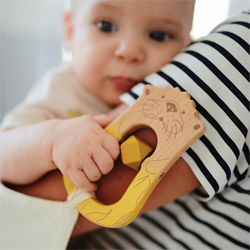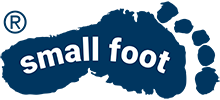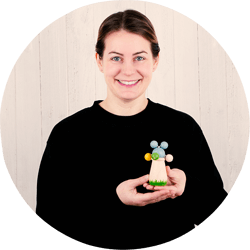Baby toys for ages 0 months and up for their first collection
Toys for babies' first collection from birth onwards
What should you bear in mind when buying a baby's first set of toys?
We're giving tips to support parents, relatives, friends, and acquaintances during the search for the right toys for babies.
When choosing toys for newborns, it's important to consider the baby's motor and cognitive development. After being born, newborns lack the physical, cognitive, and visual skills necessary for playing with toys. Their sense of sight develops later on, and is typically around 20% at the age of 3 months. A baby's ability to hear is pronounced at birth, though they react very sensitively to ambient noises.
Newborns can execute uncontrolled and abrupt motions, but they can still touch, grip, hold, squeeze, and shake baby toys. They explore toys a bit with their mouth and hands. Newborns can perceive soft sounds and noises and move their heads in that direction in this phase of development.
After they're born, babies need a feeling of security and safety in the absence of their parents. They can remember certain objects at this stage, and play mats and plush animals can give them that necessary sense of familiarity. Babies can recognise particularly bright colours on toys, so that draws their attention.
It this early phase, a newborn needs toys…
- For gripping, squeezing, and touching
- To listen to and bit into
- To watch, stare at, and cuddle with


